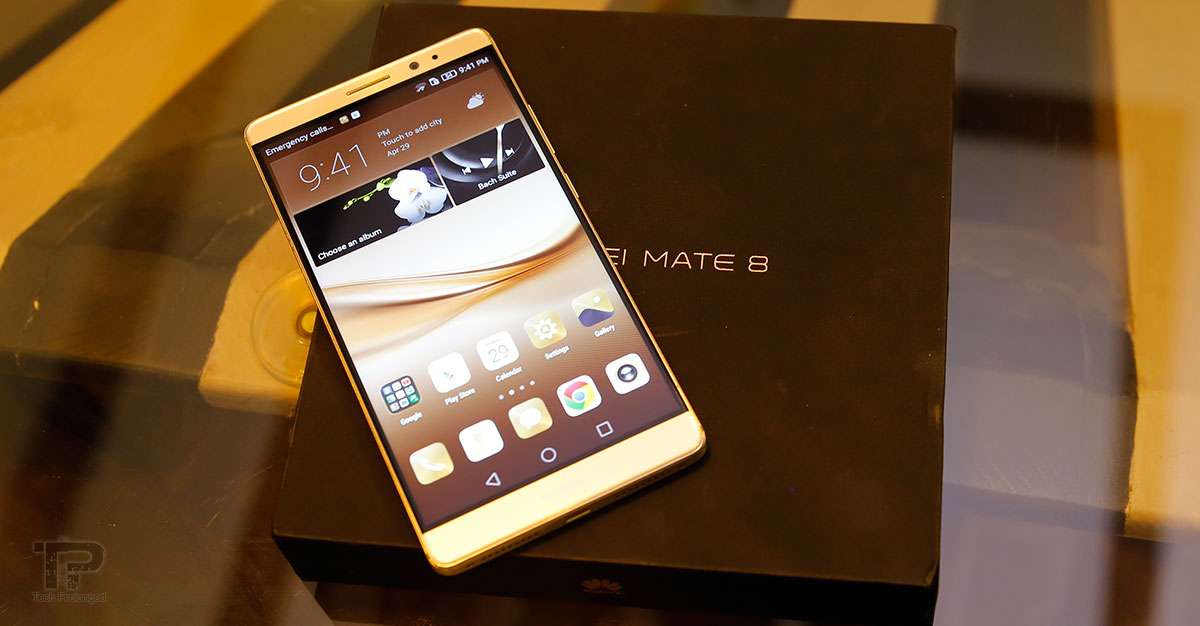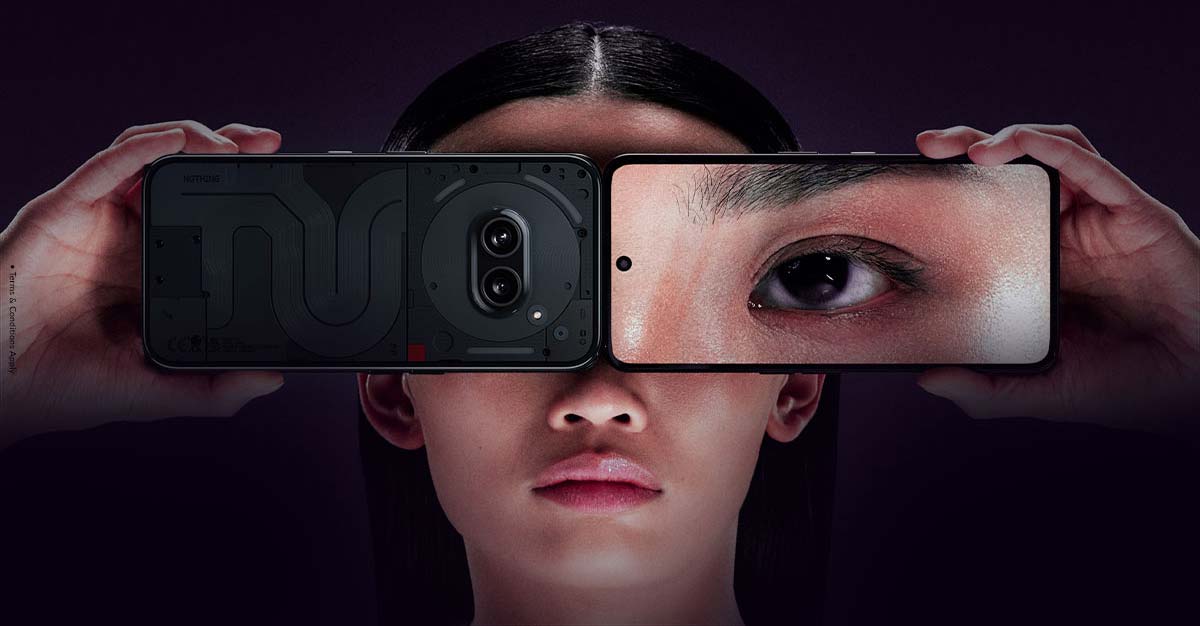Camera
16 Megapixels Camera
In labels and numbers, Huawei Mate 8 features a 1/2.8″ CMOS sensor (first to use Sony’s IMX298 stacked image sensor that time) with phase detection autofocus and it has a lens aperture of f/2.0. Full 16MP resolution serves an image with 4:3 aspect ratio. The wider shot of 16:9 will consume only 12MP resolution. Well, that’s not a true wider shot as it’s only a crop from actual 16MP resolution and you will get the same angle of view and width in images shot at both the aspect ratios. Only the lesser vertical view will be available in 12MP shots. So my recommendation is to stick with full 4:3 (16MP) shot so you can crop it later easily.
The Mate 8, like the P8 and Mate S, has a dedicated image signal processor (ISP) to avoid the load on main chip which should be good performance wise. “The ISP calculates the distance between the lens and the focal point for faster focusing, higher clarity and more accurate color reproduction.” OIS (optical image stabilization) and dual-tone flash are also present to improve images in low light.
Video recording support only up to 1080p at 60fps along with the option for 720p slo-mo (4x slower). Unfortunately there is no 4K video recording.
Huawei’s been doing aggressively in camera department. Specially they have worked impressively with the camera user interface. Still if we try to find something that is not good, it might be the cold start of the camera app – it’s not that bad either. However the later usage of the camera app is pretty much quick.
Camera UI
User interface is rather impressive for camera usability for manual usage. There is Professional Mode that manually settings to tell the camera how to take that shot. ISO sensitivity from base 100 to 1600, shutter speed allows exposure from 1/4000 sec (faster) to as slower as 8 seconds long, Exposure Compensation ranges from -4 to +4, focus can be set manually with a ring slider or set to automatic AF-S or AF-C. In fact, the white balance can also be manually controlled with Kelvin Temperature values from 2800K to 7000K.
Video: Camera UI Professional Mode
Other Camera features
include panorama, super night, HDR, all-focus, watermark, slow-mo, audio note and document readjustment. Light painting is an exclusive camera feature from Huawei which has not yet been provided from any other OEM. The feature includes several tricky shots that can be taken without the technical knowledge as required to take those shots on a digital SLR. Tail light trails, Light graffiti, Silky water, and Star track.
Although the camera app is feature-full with most of the professional/manual functions, the Mate 8 doesn’t offer to shoot in RAW format but only in JPEG format. But that’s fine for most users.
Camera Performance
With all that good numbers and features, we are literally not impressed with the camera output. The images mostly lack the detail and focus doesn’t seem to be accurate all the time due to which we have mostly soft images. Dark portions of the photos introduces much noticeable noise specially when shot indoor. That’s what we found when took some shots indoors.
When shot in daylight (outdoors), Mate 8 seems to expose nicely across the frame with pretty good dynamic range – not that much impressive though when we compared to the Huawei P9’s. Clipped highlights can be easily spotted. In outdoor shots the over sharpening can be seen on the edges of the objects however less noise is there than we see in indoor shots.
When looking at the colors reproduction, they are not that bad but not too good either. For the level of the phone, we are talking about, it’s not too good for a camera shoot out. Sure it’s much better than the mid-range units.
The dual-tone flash and the OIS are actually something in Mate 8 that we can appreciate their performance. While less shaky images can be shot with a little camera-shake with the OIS working within, the flash produces much better skin tones with better detail and less noise. However using flash does have its flaws as you may loose the background due to faster shutter speed and smaller flash range.
Front facing camera is 8 megapixel which is pretty decent in color reproduction, and skin tones are nice. Dynamic range is good too and it too have nice detail with little noise. I am sorry I am not a fan of taking photos of my own with front facing camera so I am not expert in that too but for quality check you can check the detail in the photos below.
Mate 8’s camera is just not up to the expectations as one would desire from a high-end smartphone, the pictures are fine to take and share away on social media. Or else if you could, the manual override of the controls would give much better results than automatic camera functions.





